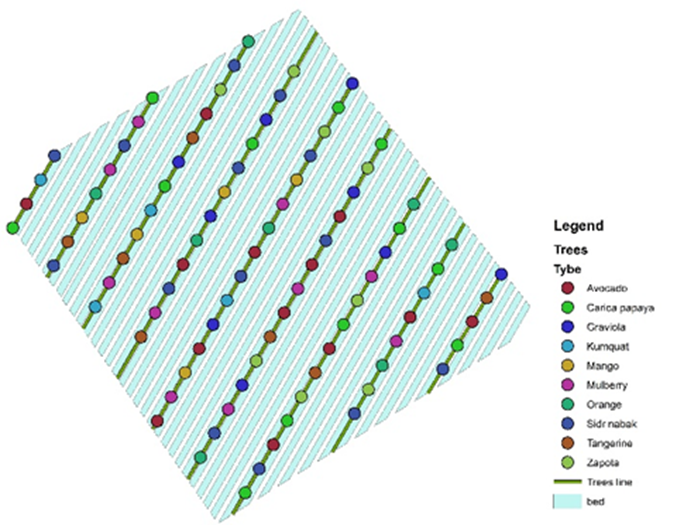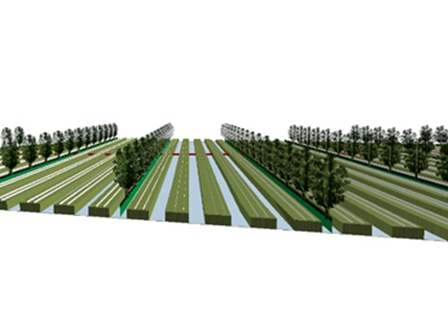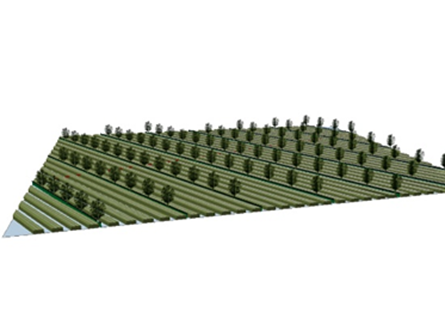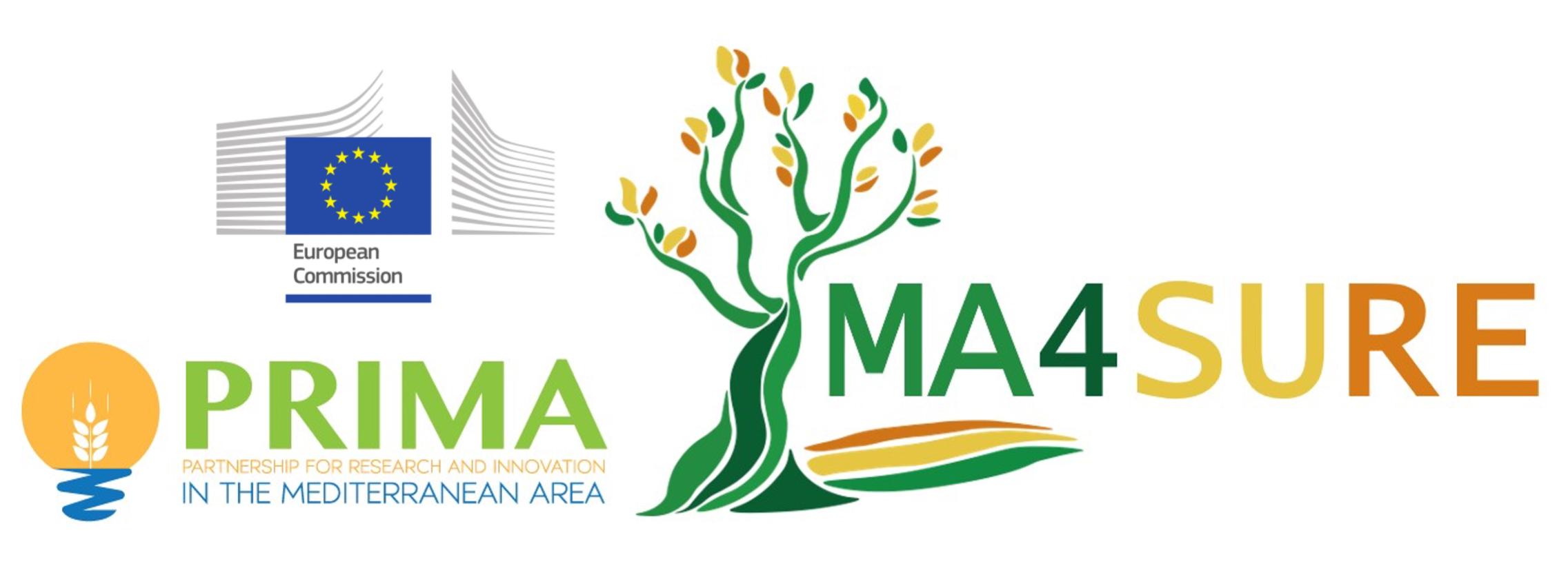Al-Sharqiya, Egypt
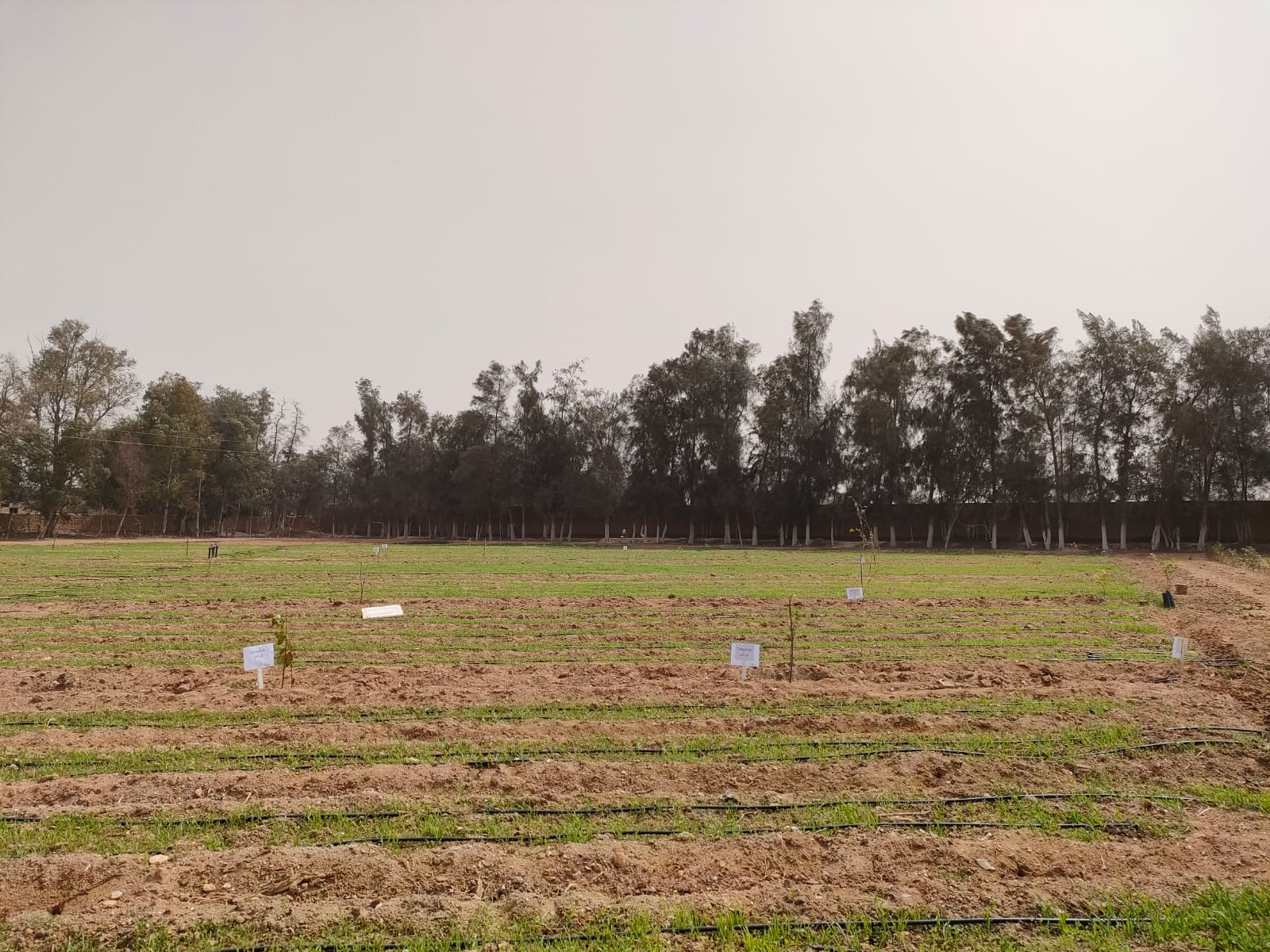
Regional Description:
The Al-Sharqiya governorate is located in northern Egypt, at an elevation of 10 m above the mean sea level and is the 3rd most populous of the country. With a total area of 4911 Km2, it is one of Egypt’s greatest agricultural governorates, with 852000 feddans (3551 Km2) of cultivated land, in which cotton, wheat, rice, fava beans, sugar beets, and barley are among the crops grown. The region also hosts other economic activities such as spinning and weaving, timber extraction, construction materials and chemical production.
The climate in the city of Bilbeis, where the living lab is located, is a hot desert climate (Köppen-Geiger climate classification system: BWh), with an average yearly temperature of 21.1 degrees Celsius and an average yearly rainfall of 29 mm. There is a 7 mm difference in precipitation between the driest and wettest months and temperatures also vary by 14.5 degrees Celsius throughout the year. The driest months are from June through September, with 0 mm of rain and the month of October has the most precipitation, with an average of 28 mm.
The top layer of SEKEM’s arable soils (between 0 and 30 cm deep) is rich in organic matter and a wide range of microbiological life. To create this vitality in the soil, three techniques are used: First, the application of compost, compost tea and other organic fertilisers; second, crop rotation; and third, the use of biodynamic preparations.
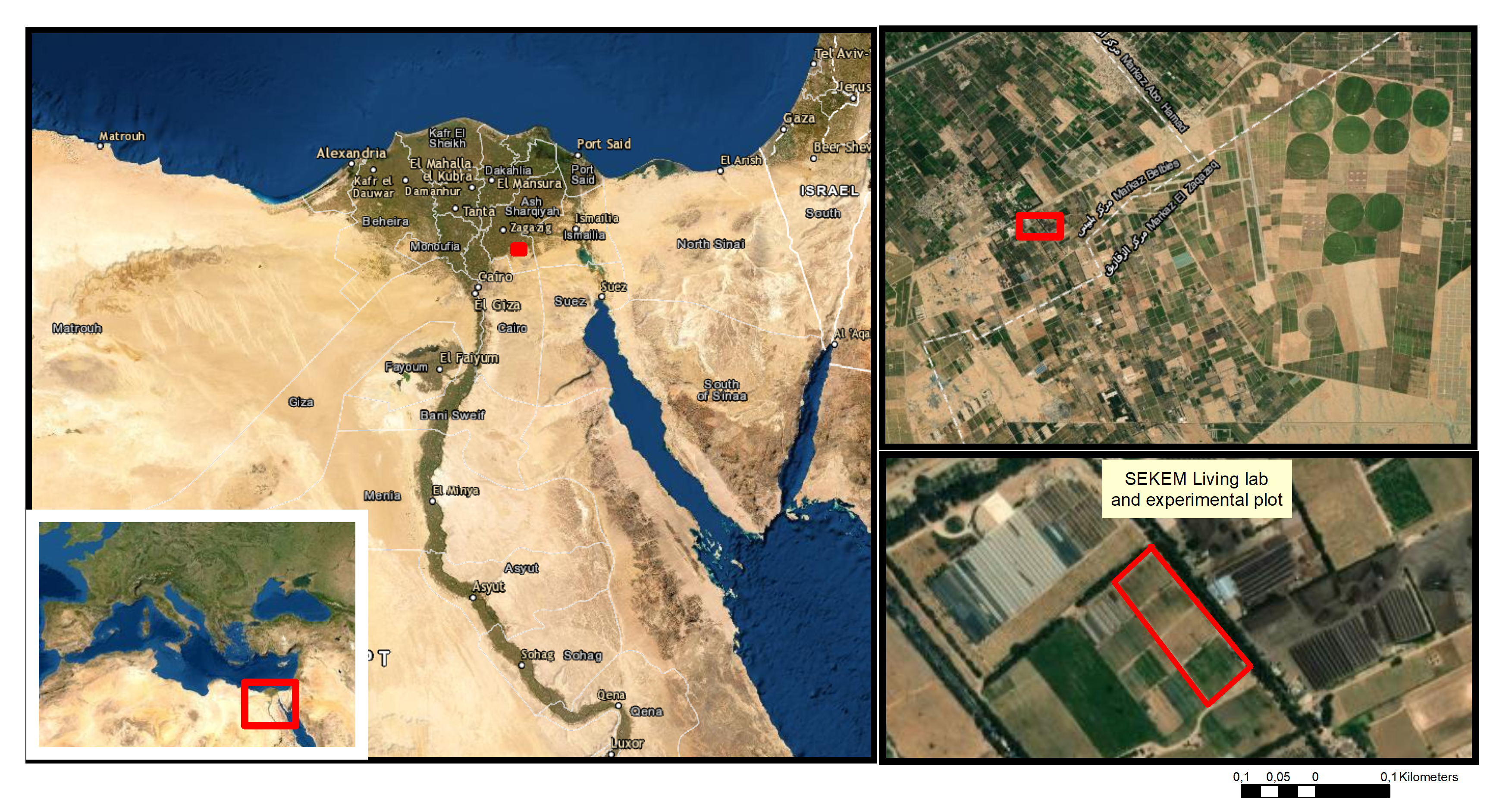
Description, Objectives and Aims:
The living laboratory is located on the SEKEM farm, a farm 60 kilometres from Cairo in the town of Belbeis. The total area of the farm is 70 hectares of desert land where biodynamic farming methods are used by farmers and staff who work on the land and produce organic food. Climate resilient crops, crop rotation, natural pest control methods, agroforestry, water conservation and biodiversity enhancement are widely used and contribute to a closed nutrient cycle, which is enhanced by the use of animals. The use of chemicals is no longer necessary, and soil fertility and crop yields have improved significantly. To determine the best time for agricultural work, an astrological cultivation calendar is used. Farmers who want to convert to organic farming and work with SEKEM can receive free training in biodynamic techniques.
The farm has schools (from kindergarten to vocational training), a medical centre and a number of social impact initiatives.
The farm also includes some subsidiaries of Sekem Holding: iSiS organic food (e.g., vegetables, honey, and oils), Lotus organic herbs and spices, NatureTex organic textiles and PharmaAtos (pharmaceutical company researching and selling new cures from natural sources).
The aim of the Living lab is to increase the production and productivity of local farming systems, and to improve the performance of smallholder agricultural systems by means promoting resilient, diversified and sustainable production systems, with higher revenue from tree products while also safeguarding the environment.
To achieve this, the concrete objectives of the Sekem Living Lab are: i) to implement a best-practice agroforestry system to study different intercropping systems, assess the effects of crop tillage and cover crops on soil fertility, to subsequently propose a best-practice model to be adopted by local farmers; ii) to reduce water use by monitoring irrigation, implementing better farming practices and improving soil-water holding capacity; iii) to recycle farm wastes and promote the use of mulching; iv) to calculate costs or economic benefits that this practices entail for farmers and v) to increase farmer outcomes by adopting a cultivation plan of cash crops.
Plot Design:
The experimental plot design covers an area of 15 km2 with a combination of annual and perennial crops, fruit trees/shrubs and support trees. The land is divided into 3 zones with different practices. Zone A is characterized by cover crops and no tillage. Zone B has cover crops and tillage and Zone C with tillage and without cover crops. Other management practices such as the irrigation system, the origin of water, the amount and types of fertilisers and seeds will remain the same in the three zones. This experimental design allows to identify optimal outcomes for soil conservation, yield production and climate change adaptation. Some of the field measurements to be performed will be pH, total bacterial count, soil moisture and soil nutrient stock.
